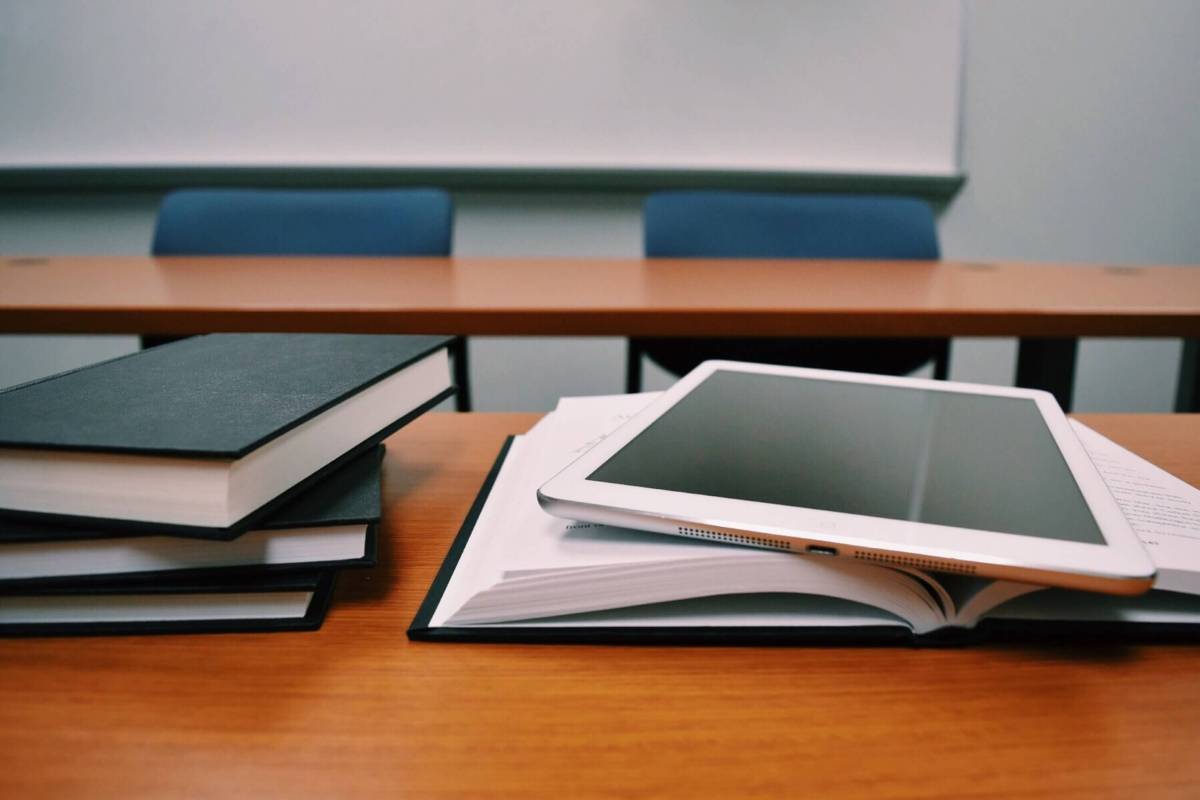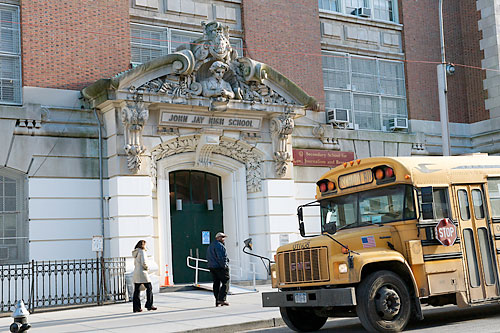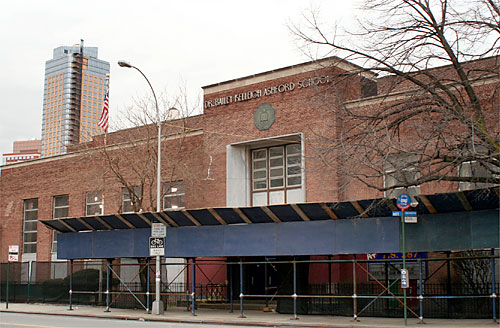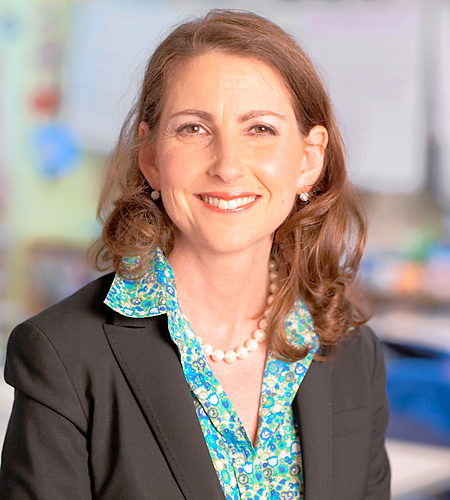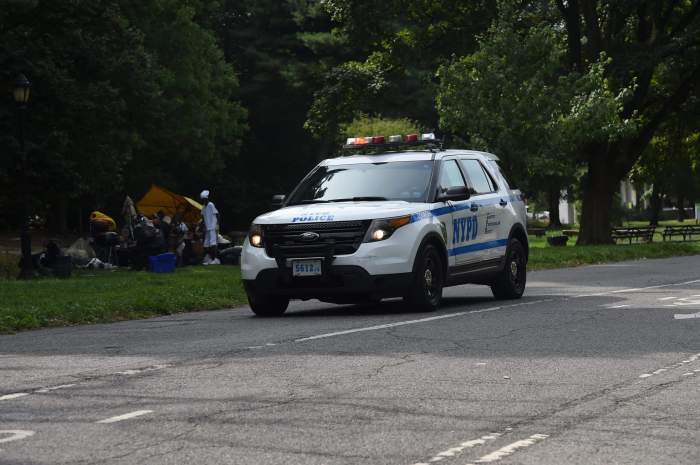New York City has two of the largest school systems in the country: our public schools, which serve 1.2 million K-12 students, and the CUNY system, which serves over 275,000 undergraduate and graduate students. Today, both are in crisis and students are suffering.
If you are a college student right now, your education hardly resembles your experience one year ago, with most classes online, libraries closed, few opportunities for social growth, and worries about your future professional prospects. You have almost certainly heard peers struggling over whether matriculating this year is even worth the time and tuition.
Micah Seigel, a co-author of this op-ed, is one of the students who made the decision to defer. But with the unemployment rate at over 16 percent in New York City, the options seem to be between a troubling semester or doing nothing.
The situation for children in New York City’s public schools is even worse. Under the current optimistic plan, students who opt for in-person learning will only see teachers for a few hours each week. The rest of their interactions will be virtual, or will consist of “independent learning.” Early childhood education is critical for creating and building foundational skills. Without meaningful in-person learning, this will be a lost year for many children’s education. To supplement, wealthier parents are turning to private tutors to work with their children individually or in small groups. But for most families, this is impossible. The education gap widens, and the effect will be disastrous.
As New York City begins to recover from the pandemic, it will be stymied if parents are expected to work as assistant teachers, children’s minds are under stimulated, and college students are idle. But in New York City, we can do something to recover some ground. The key to getting our schoolchildren the instruction and supervision they need while giving eager college students meaningful real-world experience is plain — match them up. Connect the massive group of smart, driven young adults with too much time on their hands with the over 1.2 million public school students who need them.
The mayor and the governor should partner with Department of Education Chancellor Richard Carranza, SUNY Chancellor Jim Malatras and CUNY Chancellor Félix Matos Rodríguez to offer free course credits and future tuition rebates to SUNY and CUNY students who volunteer their time to help educate New York City’s rudderless K-12 students. This program should match college students, based on their areas of skill and expertise, with younger students who need face-to-face interaction with positive role models.
In addition to basic tutoring and mentoring, we should make use of New York City’s many cultural resources, like our botanic gardens, zoos, museums, and galleries. Younger children will be educated experientially, while their older counterparts also gain valuable experience.
Our K-12 children are yearning for more attention from instructors and mentors, while their teachers and parents are overdrawn. Young adults who feel a need to devote their time to helping our community are in search of alternatives that will make their days worthwhile during this unique time. Let’s give them a way to make a real difference now.
The health and growth of our students of all ages and the sanity of New York City parents are reason enough to warrant our investment in this program. The cost is no more than the low price of what used to be and should be free- a public higher education.
Robert Carroll represents Park Slope, Windsor Terrace, Kensington, Ditmas Park, Victorian Flatbush, Midwood and Boro Park in the New York State Assembly. Micah Seigel is a rising junior at Brandeis University taking a gap year due to COVID-19.


